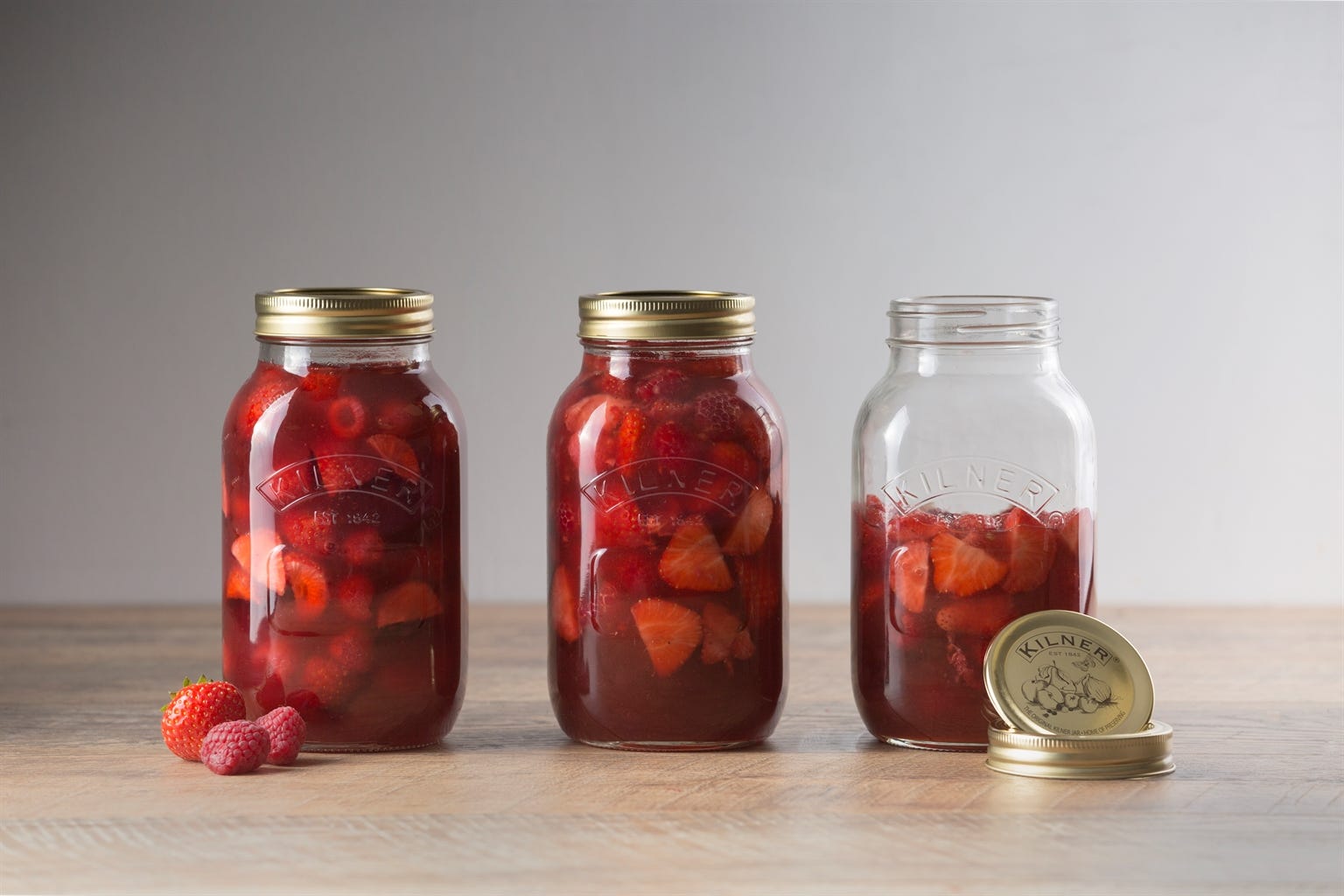Guide to Jams

What is the difference between a preserve and a conserve or a jam and a jelly?
Jams, jellies, preserves, conserves, marmalades, fruit butters and fruit curds all contain a mix of fruit and sugar that, when cooked, will thicken.
The main distinguishing factors between these preserves are:
- The fruit used
- The size of the fruit pieces
- The addition or omission of flavourings
- The procedure used to process the fruit and sugar mix








